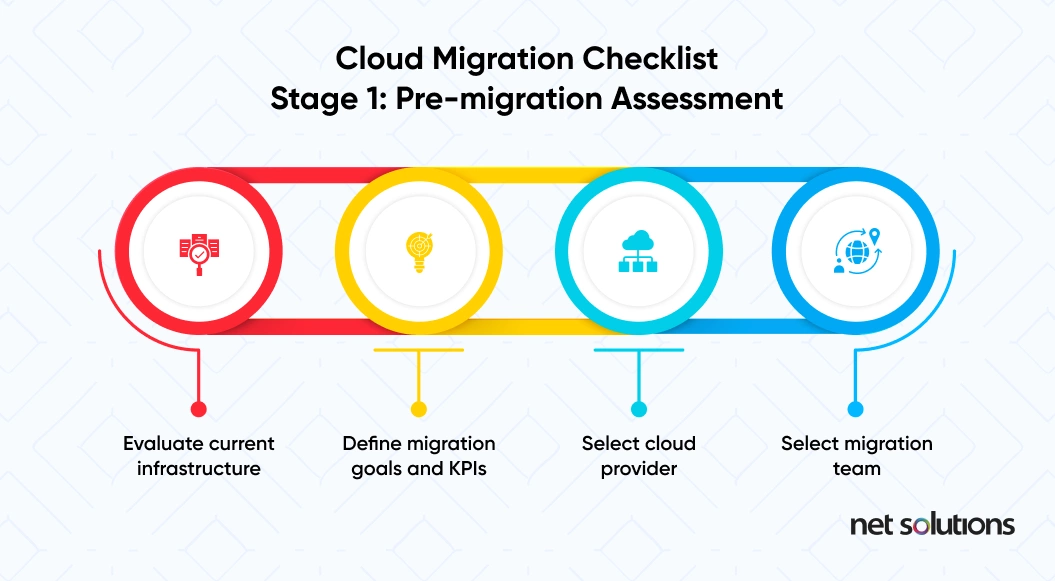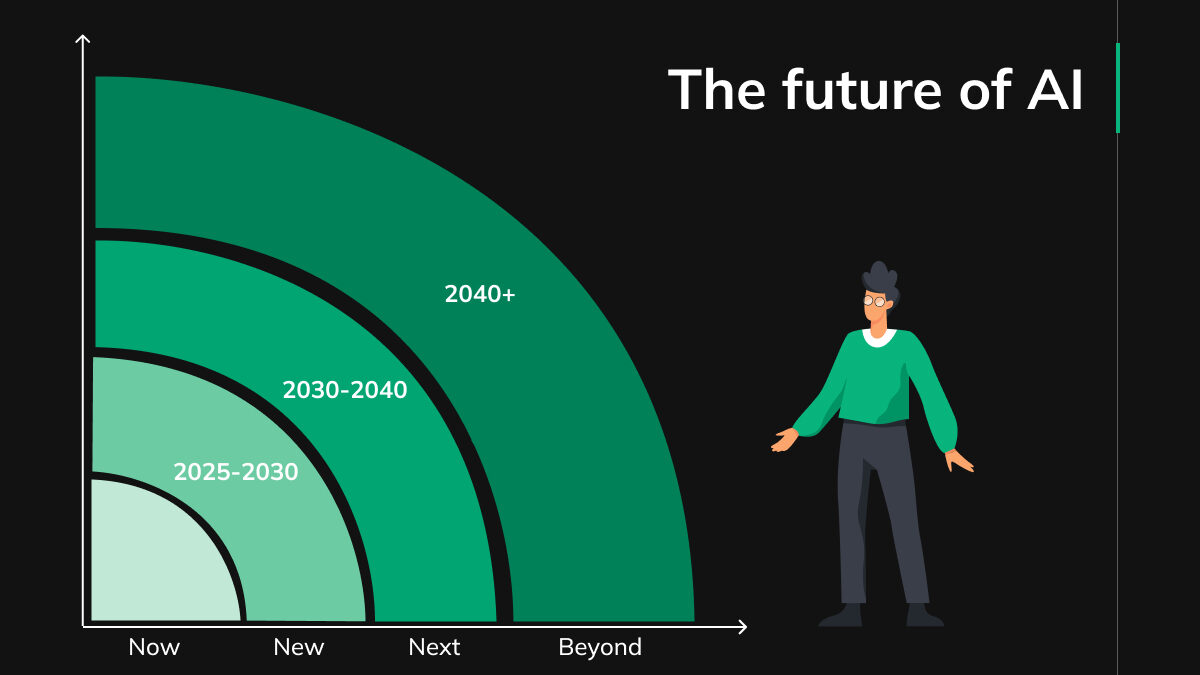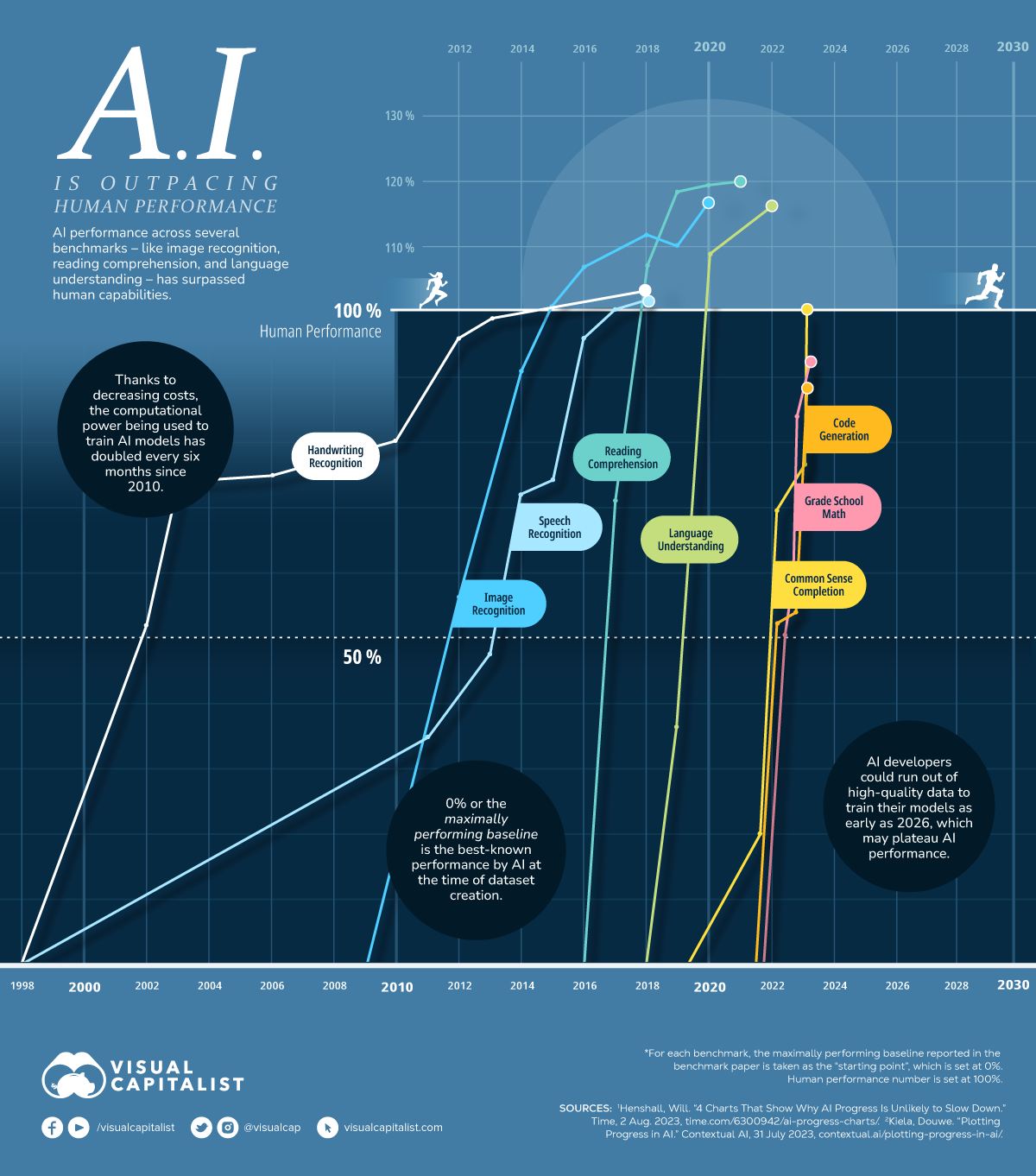Introduction
The shift to AI-powered content migration marks a significant step forward in how organizations manage their data, particularly within legacy systems. Traditional content migration methodologies often involve various inefficiencies, manual errors, and extended downtime, all of which can impair overall business productivity. IT professionals and content management system (CMS) managers frequently encounter multiple challenges, including complications with outdated systems, concerns over data integrity, and high costs tied to manual migration methods.
AI-powered migration tools address these challenges by automating data processing, thus enhancing accuracy and reducing the time necessary for migration. Organizations that adopt these technologies report an increase in operational efficiency—up to 30% faster—while a reduction in errors by as much as 40% further bolsters data integrity.
To understand the impact brought by AI in content migrations, it is essential to explore successful case studies, assess the advantages of AI tools, and evaluate how automation can lead to cost savings. This article serves as a comprehensive guide for IT professionals and CMS managers aiming to streamline their content migration processes while ensuring data integrity and efficiency.
What's the Big Deal with AI-Powered Content Migration?
AI-powered content migration offers numerous advantages compared to traditional methods, especially when addressing the complexities linked with legacy systems. These outdated systems often lead to data inconsistencies and operational inefficiencies, not only resulting in maintenance costs but also limiting the agility necessary in today’s business landscape.
Transitioning to AI systems streamlines workflows by deploying effective data mapping and validation techniques. By leveraging machine learning (ML) and natural language processing (NLP), organizations can automate manual processes, minimize disruptions, and enhance data accuracy during migrations.
According to research from Statista, organizations utilizing AI for migration can experience reductions in associated costs by up to 60%. This statistic underscores the value that AI technologies can deliver for organizations aspiring to improve their content migration processes.
Visual Capitalist (2023)
How Does AI Simplify Content Migration Processes?
AI technologies significantly simplify content migration by automating routine tasks, thereby improving the overall efficiency of workflows. A primary application of AI in these processes is data mapping, where algorithms can quickly identify relationships between various data elements. This capability greatly reduces the manual workload involved in preparing data for migration, allowing IT professionals to focus on more strategic efforts.
Automation tools can also standardize data formats and validate data accuracy, ensuring smoother transitions between systems. For instance, Hakkoda’s AI-accelerated data migration tool has demonstrated a reduction in the time required for content migration by 60%, indicating its practicality in real-world applications.
A successful collaboration between the Mayo Clinic and Google Cloud showcases how AI frameworks can automate patient care processes while safeguarding sensitive patient records during migration.

Edraw Cloud (2023)
What Major Advantages Do AI Solutions Offer Over Traditional Methods?
AI solutions provide significant advantages over traditional content migration approaches, particularly regarding speed and scalability. Conventional migrations often demand significant manual effort, resulting in extended project timelines and heightened costs. In contrast, AI-powered migrations not only expedite these processes—by an average of 30%—but also afford organizations the scalability necessary for handling various data transfers.
Furthermore, AI enhances cost-effectiveness through the reduction of manual workloads. Data extracted and subsequently migrated using AI maintains a higher fidelity, with accuracy improvements reaching up to 99%, which helps mitigate the risks associated with errors that can occur during traditional migrations. Research indicates that generative AI tools are being implemented in 37% of surveyed financial firms, highlighting a notable shift towards these efficient methodologies.
Moreover, AI-driven tools enable organizations to adapt their migration strategies to accommodate a diverse range of data sources, ensuring flexibility to respond to current needs as well as future growth.

Statista (2023)
Can AI Protect Data Integrity During Migration?
The integrity of data during migrations is paramount, especially for organizations handling sensitive information. AI technologies provide robust mechanisms for validating and verifying data throughout the migration process. This includes real-time monitoring and correction capabilities critical for preserving the accuracy and cleanliness of data.
For instance, Enlitic's Migratek solution, tailored for the healthcare sector, achieves an impressive accuracy rate of 99% in data migrations. This level of precision is essential for health institutions, whereby the quality of data is directly linked to patient safety and the overall quality of care.
AI tools can automatically flag inconsistencies or anomalies in data at every stage of the migration, reducing the likelihood of retaining corrupted or outdated data in newly implemented systems.

MathWorks Blog (2023)
How Does Automation Lead to Cost Savings?
AI-driven automation is reshaping how organizations approach migration processes. By automating routine tasks, companies can significantly lessen labor costs and enhance overall productivity. Automation not only minimizes the manual errors associated with data entry and transfer but also permits a more strategic allocation of resources.
Findings show that Hakkoda's solutions have achieved a 60% reduction in migration costs due to improved efficiency. Additionally, automation can free up to 50% of workforce resources typically dedicated to these tasks, allowing organizations to redirect their human capital towards innovation and growth.
This transition ultimately translates into qualitative benefits for organizations, enabling them to respond more rapidly to market changes and customer needs, thereby creating a competitive advantage.

Cabling Install (2023)
Which AI Tools Should You Consider for Your Enterprise?
The landscape of AI-powered content migration presents a variety of tools designed to meet different industry requirements. Leading solutions include platforms such as Azra AI and Aidoc, specifically created for healthcare data management. These tools enable organizations to seamlessly migrate sensitive patient records while ensuring compliance and data accuracy.
For IT professionals and CMS managers, evaluating tools based on specific criteria—including scalability, integration options, and historical performance metrics—is essential. The partnership between Mayo Clinic and Google Cloud serves as a strong example of leveraging cloud-based AI solutions to enhance data processing capabilities.
Identifying the right tool ensures that organizations can navigate the complexities of migration while remaining adaptable to future advancements.
InfoDiagram (2023)
What Best Practices Ensure Successful Integrations of AI in Migration Projects?
Integrating AI into content migration requires careful planning and adherence to best practices. Organizations should kick off the process by conducting comprehensive assessments of their existing legacy systems, identifying potential issues related to compatibility and security. Establishing a phased implementation approach, as illustrated by FEMA's successful pilot project, facilitates effective risk management and enhances transition smoothness.
Additionally, prioritizing strong data governance practices is crucial. Organizations must implement data cleansing initiatives and ensure quality data preparation before migration begins.
Beyond technical approaches, ethical considerations related to AI usage—such as accountability and transparency—should guide implementation strategies to confirm that migrations are not only efficient but also responsible.

Net Solutions (2023)
What Are the Ethical Considerations in AI Content Migration?
Ethical considerations are vital when adopting AI technologies for content migration, particularly concerning sensitive data management. Critical issues like data privacy, algorithmic bias, and transparency need to be thoroughly addressed to foster trust in AI systems.
Furthermore, organizations must ensure compliance with relevant regulations that govern data protection to mitigate risks associated with unauthorized access. Developing ethical AI frameworks is essential for guiding organizations in responsibly leveraging these technologies.
The potential biases found in AI algorithms necessitate continuous training and refinement to uphold accountability and maintain high standards in decision-making processes related to data migration.

GeeksforGeeks (2023)
Conclusion
AI-powered content migration is at the forefront of technological advancement in data transfer, offering substantial advantages in terms of operational efficiency, accuracy, and scalability. As organizations increasingly implement these methodologies, they are likely to enjoy considerable cost savings while safeguarding data integrity.
With the advent of AI tools and validation frameworks, it is imperative for IT professionals and CMS managers to prepare for a future where AI not only enhances content migration but also redefines data management practices across organizations. Proactively adopting innovative technologies will enable organizations to stay competitive in an ever-evolving landscape.
The prospects for the future point toward increasing advancements, and the landscape for AI applications continues to shift, inviting organizations to embrace transformative technologies for enhanced operational efficiency.

Pragmatic Coders (2024)


கருத்துக்கள் (0)
உள்நுழைக சர்ச்சையில் பங்கேற்க அல்லது .